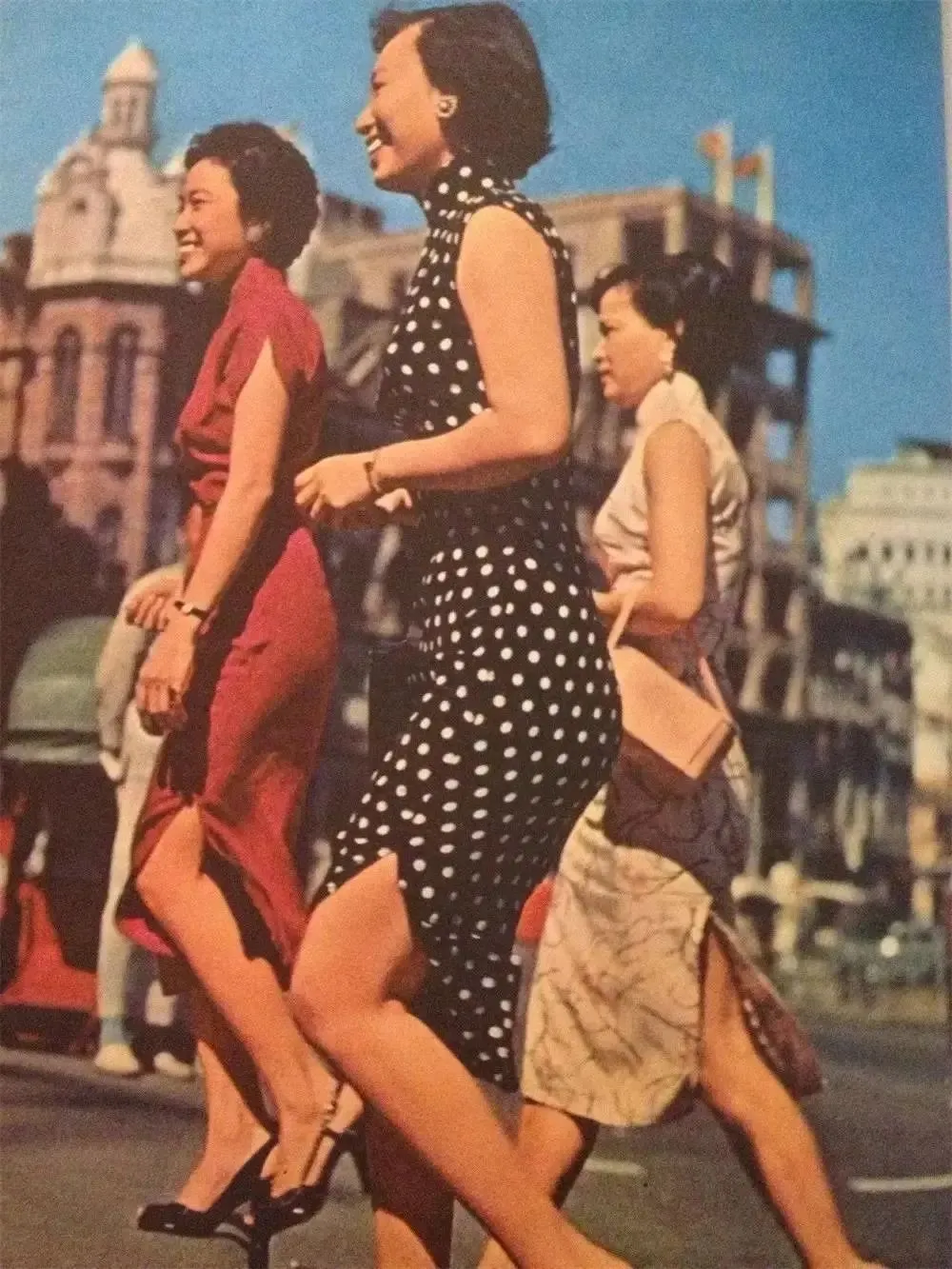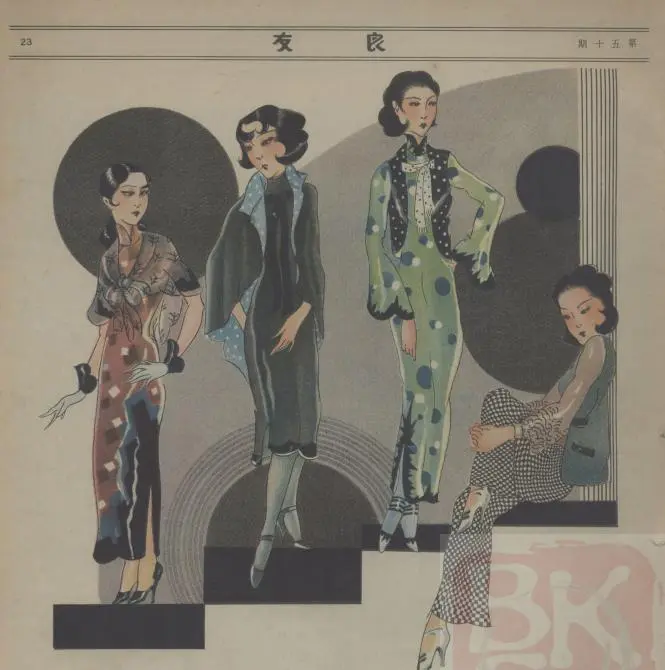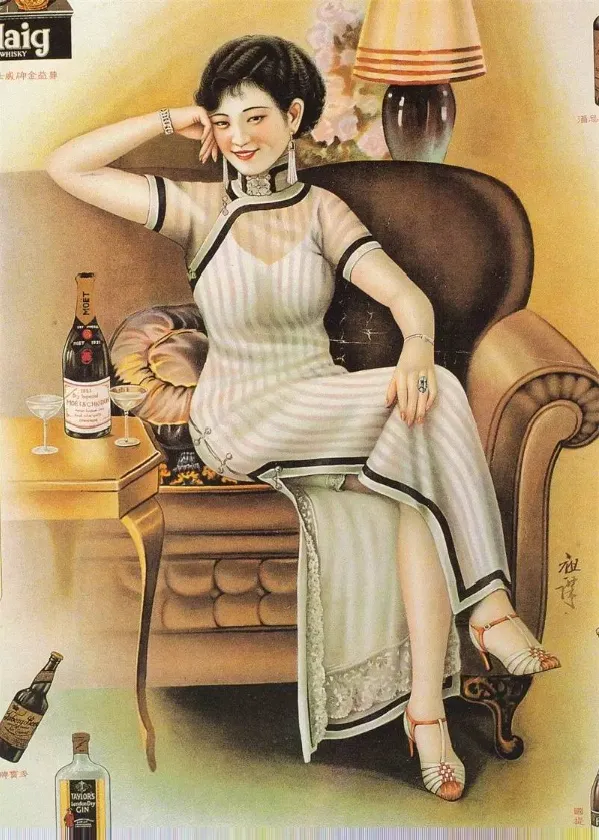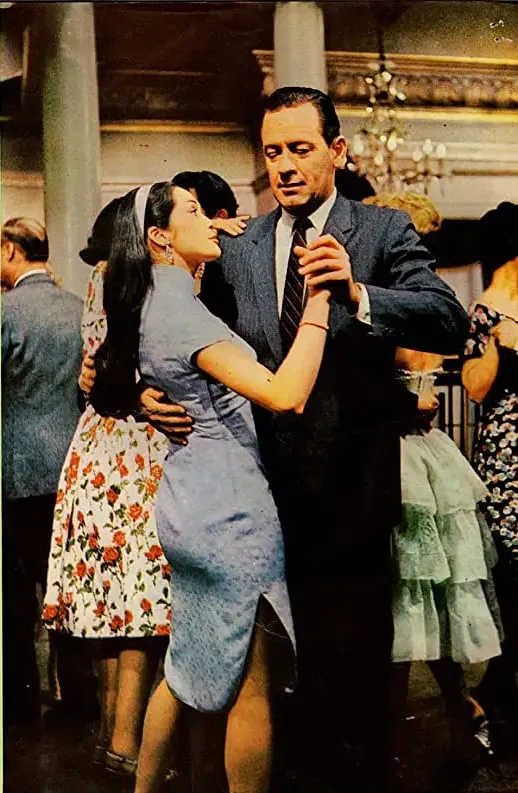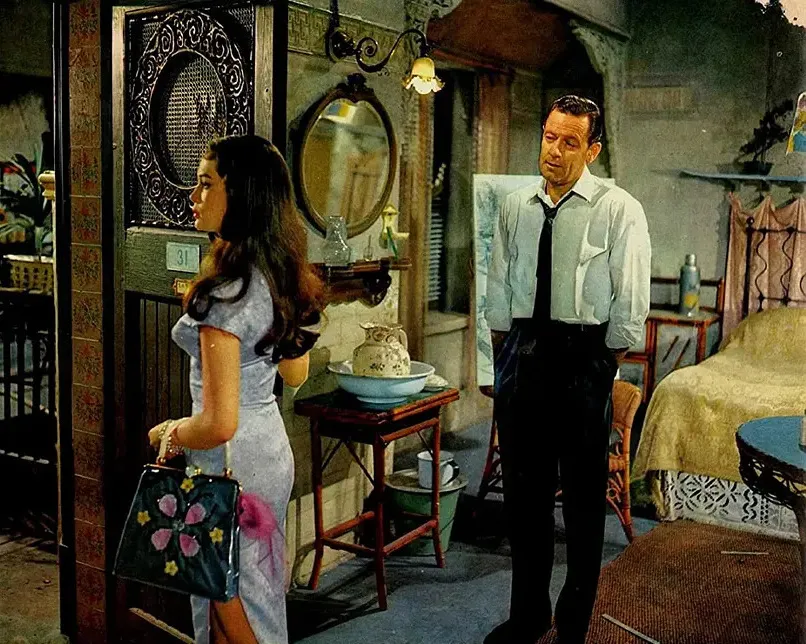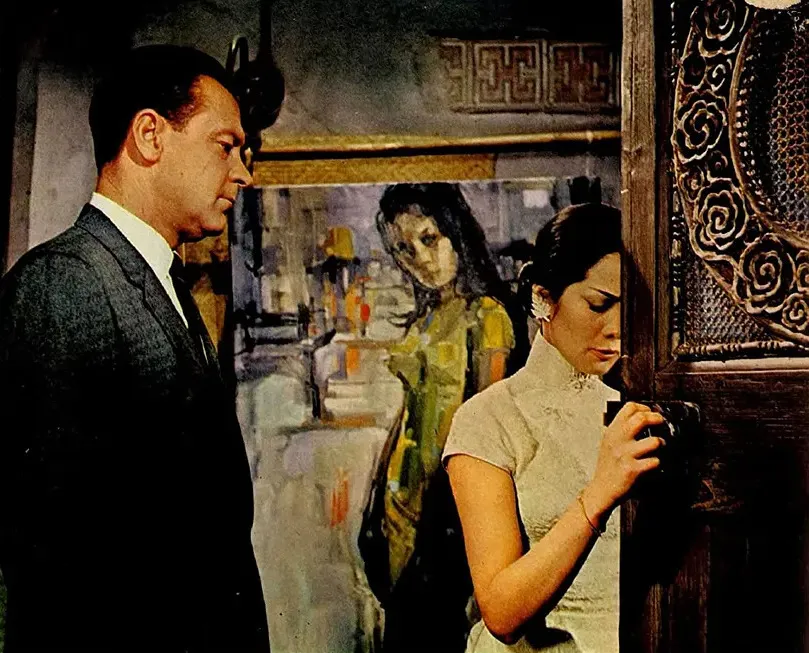Cheongsam is a gem of Chinese fashion, a symbol of Chinese women's beauty, and the most glorious part of Chinese clothing culture. It represents the Oriental beauty in the eyes of Westerners and the idealized interpretation of female beauty in the hearts of the East. It is graceful yet reserved, gentle and elegant yet full of charm, showing the elegant bearing and graceful charm of women's figures and gaits with its unique sense of flow and rhythm. Only such clothing is worthy to represent the Oriental symbol behind thousands of years of aesthetic culture as the 'Chinese national treasure' and the 'national dress for women'.
So today, I'd like to talk about the cheongsam from the perspective of its historical development, as well as the cultural characteristics and aesthetic preferences behind it. Literally, cheongsam refers to the long gowns worn by the Banner people. At that time, the gowns were loose - fitting, straight - shaped, with wide borders embroidered with various patterns of different meanings. The embroidery and decorations on the borders were symmetrically arranged, and the edges of the clothes and sleeves were often decorated with gorgeous embroidery, ribbons, and hems. Later, with the passage of time and the integration of Manchu and Han cultures, it gradually evolved into the cheongsam we know.
In 1911, the Xinhai Revolution broke out in the early days of the Republic of China. It not only overthrew the feudal dynasty system that had lasted for thousands of years in China but also removed the political obstacles to the civilianization of clothing. The strict hierarchical clothing system was thus eliminated. Influenced by the 'May 4th Movement', the 'civilized new outfits' began to be popular among urban women. At this time, the cheongsam was derived from Han clothing. Although it still retained the main features of the late - Qing Banner people's costumes, the overall style of dressing changed. The 'two - piece dressing' completely replaced the previous long - gown style, and the light and simple combination of tops + skirts or tops + trousers became the main dressing style for women at that time.
In 1916, 12 - year - old Lin Huiyin (林徽因) wore the school uniform of Peihua Girls' School, a Beijing missionary school. In the 1920s, the social atmosphere and environment were influenced by progressive people and foreign ideas. Some young ladies from wealthy families stepped out of their homes and engaged in different fields. There were also more and more female students studying abroad. Western - style clothing and simple outfits came across the ocean and gradually became the symbol of new - era women. The change of women's social roles naturally led to the transformation of women's clothing.
On April 16, 1929, the National Government officially issued the 'National Clothing System Regulations', which stipulated that the Zhongshan suit (中山装) was the uniform for male civil servants, and the cheongsam was the national dress for women. The following unified regulations were made for the cheongsam: a standing collar, a right - overlapping front, reaching the mid - point between the knee and the ankle, the same length as the bottom of the trousers, sleeves reaching the mid - point between the elbow and the wrist, blue in color, and six buttons. As can be seen from the pictures, the cheongsam at that time basically had the charm of the later cheongsam. The issuance of this regulation kicked off the era when the cheongsam dominated women's clothing in cities in the 1930s.
In the 1930s and 1940s, the golden age of the cheongsam arrived. It was a glorious chapter in the development history of the cheongsam and the beginning of establishing the cheongsam as a representative of the national dress. Starting from 1930, the cheongsam was adopted as the school uniform by some schools, which not only represented the stable improvement of the cheongsam's status but also symbolized an idealized, intellectual, and progressive image of women.
During that period, high - collared cheongsams were first popular, and then low - collared ones became fashionable. The changes in sleeve length and dress length each occupied a precious historical period in the ever - changing fashion trends. Then, the skirt and waist were narrowed, the cheongsam fit the body closely, and the slits became higher. Western - introduced tailoring techniques were used, and with the appearance of zippers, it became more convenient to put on and take off the cheongsam. Cheongsam designers began to pay attention to details and the texture of fabrics, and the cheongsam, whether gorgeous or delicate, developed in a more diverse direction.
In the early 1940s, hand - embroidered antique cheongsams emerged, and regional characteristics gradually appeared in the cheongsam's style, especially in Shanghai, which almost became the birthplace of modern cheongsams. At that time, Shanghai was an open commercial port, with the tallest building in the Far East as a landmark, masts standing thick on the Suzhou River, and the Hongkou Market bustling. At night, the luxury and prosperity of the Bund were dazzling.
In the 1950s, although the war was over, the people's livelihood was in a bad state. The decline of the economy and national strength led to the gradual disappearance of the cheongsam in the daily lives of ordinary people. It only appeared on a few important occasions and became a formal dress option. At that time, women began to dress like those in the liberated areas, pursuing simplicity and despising the bourgeoisie's flamboyant style. The leisurely charm and ladylike image represented by the cheongsam lost their living space in the atmosphere of national construction.
It wasn't until the 1980s and 1990s that the cheongsam gradually regained its popularity and has continued to this day. We can say that the cheongsam is not only the essence of Chinese culture but also the result of the integration of national culture and diverse cultures. As a representative and characteristic of Oriental women's beauty, it not only has unique formal and decorative aesthetics but also has endless plasticity for secondary creation with different cultures. Such an existence is what contemporary women need in new clothing.

